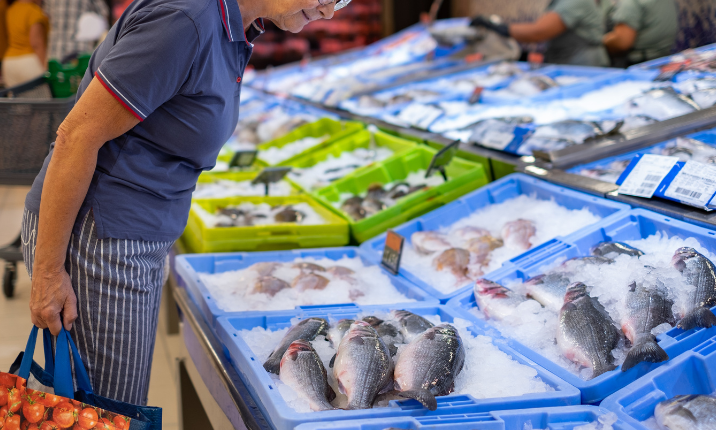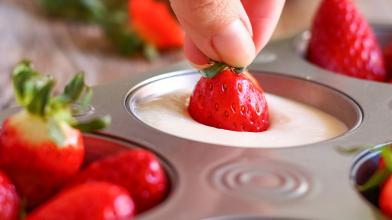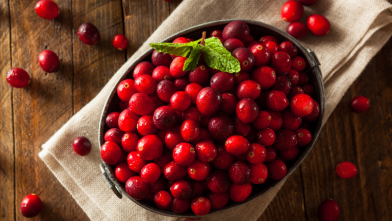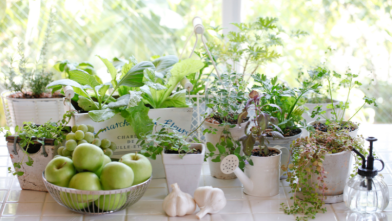
Is Seafood Good for People with Diabetes?
Yes, fish and shellfish are great options for people with diabetes! Seafood is an excellent source of lean protein, which should make up a quarter of your meal according to the Diabetes Plate Method. It is recommended to have at least two meals with fish per week.
Omega-3 fatty acids are a healthy source of fat that supports heart health. They have been shown to lower risk of heart attacks and stroke, and are important for brain and eye health.
How to Shop for Seafood
Here are several tips to help you choose seafood at the grocery store:
In general:
- If you have access to a fishmonger or local seafood market, ask them to guide you to the best seafood based on your needs.
- If you are concerned about sustainability, check online or use specialized apps that can tell you which seafood is the best sustainable choice and what to avoid.
If you’re buying fresh:
- Look for whole fish, filets, or fish parts (like fish cheeks or collars) that have firm, shiny flesh.
- Buy shellfish like clams and mussels that are alive.
- A whole fish should have bright, clear, full eyes. Since the eyes are the first part of the fish to deteriorate, you’ll know the fish was caught recently. The gills should be bright red or pink.
- Avoid fish filets and steaks that have any brown or yellowish discoloration around the edges, or a dry or mushy texture.
- Smell the fish after the seller rinses it under cold water. It should smell fresh, not “fishy” or like ammonia.
If you’re buying frozen:
- Avoid fish with ice crystals or frost. It’s either been frozen too long or frozen, defrosted, then refrozen. Likewise, don’t buy packaged seafood with liquid in the package.
- Don’t buy seafood that looks like it’s drying out.
- Check to be sure that the packaging is fully intact, with no open, torn, or crushed edges.
- Avoid packages above the display freezer’s frost line.
If you have concerns about mercury in seafood, especially for pregnant and lactating women and young children, talk to your health care provider about how much seafood you can safely consume, and which are the best choices for you.
Diabetes-Friendly Seafood Recipes
Can’t decide which seafood you want to try first? Check out all the seafood recipes on Diabetes Food Hub for some inspiration! Be sure to create an account so you can favorite and save recipes you want to try.

Seasonal Baked Whitefish Pouch
Foil or parchment pouches are an easy way to make perfectly cooked and seasoned fish with vegetables. By sealing the edges of the pouches, you’ll seal in all of the moistness.
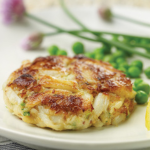
Traditional Lump Crab Cakes
For delicious, fresh crab cakes, look no further. This crab cake is all about the crab and has just enough breading and mayo to bind it together. Refrigerating for a half hour is really what keeps these minimally breaded crab cakes together and makes them supremely delicious.

Cilantro Lime Shrimp
This refreshing dish is low in calories, high in flavor, and so versatile. It can be served hot or cold, and could be wrapped in tortillas as easily as served over lettuce or rice.

Broiled Cod
The American Diabetes Association and the American Heart Association recommend eating at least 2 servings of fish per week. This broiled cod is a tasty option. If you’re not a fan of cod, feel free to substitute any fish here.
